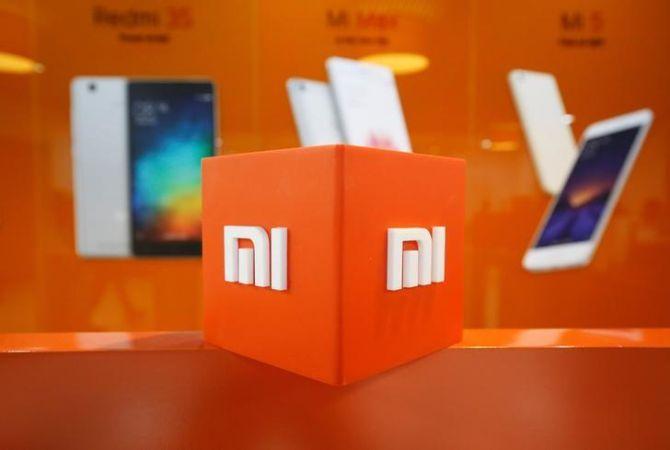In the past two years, Xiaomi has expanded its chain of offline stores across formats - 6,000 Mi Preferred Partner stores and 75 Mi Homes on a franchise-based model, besides exclusive small-format Mi Stores added last year to penetrate Tier-II, -III and -IV cities and towns.

Chinese smartphone maker Xiaomi, which entered the India market in 2014 as an online seller, is expecting half of its total sales to come from offline retail stores by the end of 2019.
The company is looking to further expand its offline market presence in the country by doubling the number of its retail stores from the present 10,000.
In the past two years, Xiaomi has expanded its chain of offline stores across formats - 6,000 Mi Preferred Partner stores and 75 Mi Homes on a franchise-based model, besides exclusive small-format Mi Stores added last year to penetrate Tier-II, -III and -IV cities and towns.
It currently has 2,500 Mi Stores across 600 cities and towns of India.
“The offline market is about two-thirds of the total.
"Over the years, our offline contribution has been growing by leaps and bounds.
"Given our offline growth, we will probably have a 50-50 offline-online split by the end of this year,” said Xiaomi India chief operating officer Muralikrishnan B.
“Offline growth has been extremely successful for us.
"We want to continue expanding our offline network; this is one area where we want to focus in 2020.
"We have about 10,000 retail outlets in the country today; we want to more than double that count at some point in the near future,” he added.
As part of an offline strategy, the firm plans to sell its non-smartphone products through these retail stores.
Offline was a fast-growing segment for Xiaomi this Diwali, up almost 70 per cent on a year-on-year basis.
Even as some other segments struggled due to an ongoing slowdown, the company’s offline sales this festive season stood at 12 million devices.
It sold 8.5 million smartphones, 37 per cent more than last year; 600,000 smart televisions, 50 per cent more than in 2018; and 3 million internet-of-things (IoT) devices.
The company believes there is a significant headroom for growth in the offline space.
“We believe we can gain more market share by growing our offline presence.
"That will continue to be our focus area. By expanding Xiaomi’s network across formats of offline stores, we can also sell other products in the same stores,” said Muralikrishnan.
Xiaomi announced 99 per cent of the smartphones it sold in the country were made in India.
These account for 65 per cent of the total.
The firm is looking at localising more components in India by bringing suppliers to the country.
One of its partners has set up a factory in Uttar Pradesh to make camera modules and many more suppliers are at various stages of evaluation and execution.
The firm enables these vendors to understand India and connects them with the central and state governments.
The company is also speaking to various players to roll out its made-in-India IoT products.
Muralikrishnan added Xiaomi was looking at a strong presence in the Rs 30,000-plus price segment of smartphones, even as its primary focus would remain the Rs 7,000-15,000 price segment.
“We will continue to have launches in higher price bands, because there is a very clear market for it," he said.
Photograph: Abhishek N. Chinnappa/Reuters